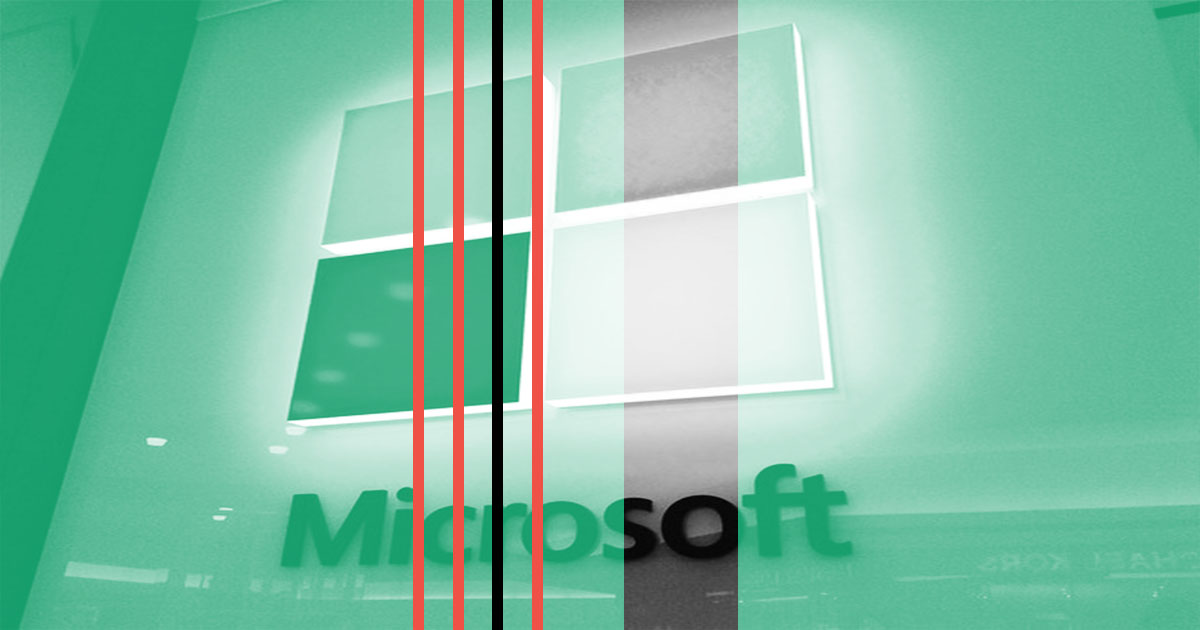Get the latest tech news
PRoot: User-space implementation of chroot, mount –bind, and binfmt_misc
. This means that users don't need any privileges or setup to do things like using an arbitrary directory as the new root filesystem, making files accessible somewhere else in the filesystem hierarchy, or executing programs built for another CPU architecture transparently through QEMU user-mode.
Actually there's a bunch of such specific files, that's why PRoot provides the option-R to bind automatically a pre-defined list of recommended paths: The parameter of the-q option is actually a whole QEMU user-mode command, for instance to enable its GDB server on port 1234: Technically, when guest programs perform access to system resources, PRoot translates their requests before sending them to the host kernel.
Or read this on Hacker News
